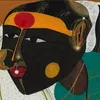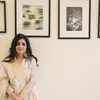Amid the pandemic, this institute is making art and design a lucrative career choice and taking education online
Founded in 2016 by art educator Shalu Juneja and her son Harsimran Juneja, Ahmedabad-based Uno Lona Academy specialises in art and design education for K-12 students and young adults, and focuses on making art a viable career choice.
Doctors and engineers may improve quality of life, but art is what gives it a purpose.
“Art makes you a better person. It opens up your mind, and makes you more empathetic towards society. You are more open to your culture and your roots. It makes it possible for you to express yourself – whether on political or cultural issues. You can make a statement, protest, or admire with art,” says Shalu Juneja, an art educator, self-taught potter, and Co-founder and Director of Uno Lona Academy (ULA), in a conversation with YS Weekender.
Having taught art for over 11 years after doing her master’s in fine arts, specialising in wood and glass design, Shalu teamed up with her son, Harsimran Juneja, to found ULA in 2016.
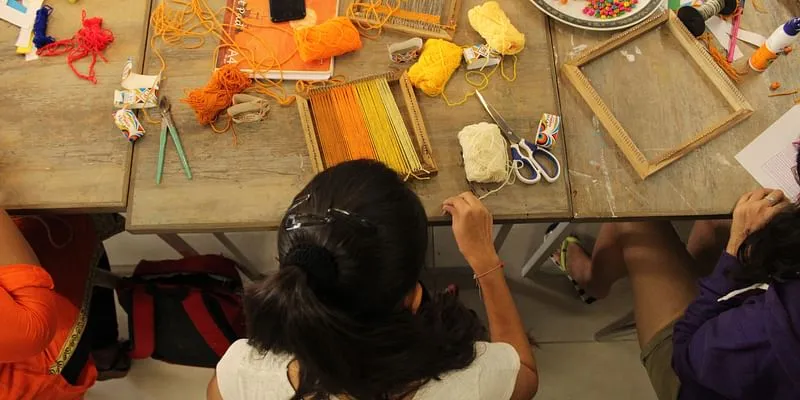
The Uno Lona Academy
ULA specialises in art and design education for K-12 students and young adults. It offers foundation courses across drawing, painting, and claying mediums, as well as focuses on career-building for students who enrol in its courses.
For the longest time, art and artists were largely restricted to the physical domain. But with COVID-19 moving people indoors and online, so is art - and art education. ULA, which until early 2020 was only a physical academy situated in Ahmedabad, started teaching online amid the pandemic.
“A few months into taking online classes, we realised art and design can be taught online. We saw a gap in the market where art and design education was not a top choice for the K-12 segment. When it comes to career-building and focusing on K-12 students, there wasn’t much that was happening in the online space for art and design,” says Harsimran, who is also Co-founder and Director at ULA, and takes care of operations in marketing and research.
The institute focuses on building new skills and knowledge, as well as developing 21st-century skill sets that are beyond just art and design space – such as presentation, communication, creativity, writing, and public speaking.
“We also bring in some practical exposure. We recently collaborated with a brand where they gave us an assignment to design a collection of denimwear that was hand-painted. We put together a team of our students and helped them understand through this project how the design process works and how to go about creating something at a professional level,” he adds.
While art and design has several paths, the institute focuses on seven or eight fields such as textile design, fashion design, interior design or architecture, and gives students an insight into these native disciplines.
While the online courses, which include pre-recorded sessions as well as live one-on-one sessions, start from Rs 750, the physical courses go up to Rs 1.5 lakh.
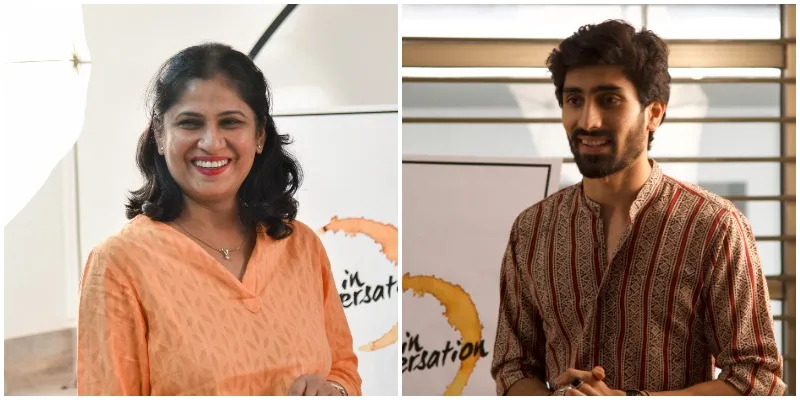
Shalu Juneja and Harsimran Juneja, Co-founders and Directors, Uno Lona Academy
Gauging interests, challenging misconceptions
Art has come a long way from being considered an off-career choice to a lucrative field in which one can make a living.
“There has been a huge jump in the number of children opting for art. In my time, being from Chennai, I was considered a dull student because I did not like maths and science as being a doctor or an engineer were the major career options down south,” Shalu recalls.
This cultural shift is becoming possible due to opening up of a diverse array of avenues that involve art and design, and creative skills.
“Earlier, the environment of the industry was different. We needed more engineers, doctors, etc to build the Indian economy. Now, design has become important ever-so-important in those industries as well – whether it’s graphic design, UI/UX design, product design, etc. Every company practically needs a designer,” Harsimran says.
However, there is still a long way to go as many parents are still very apprehensive about their children building careers in art and design.
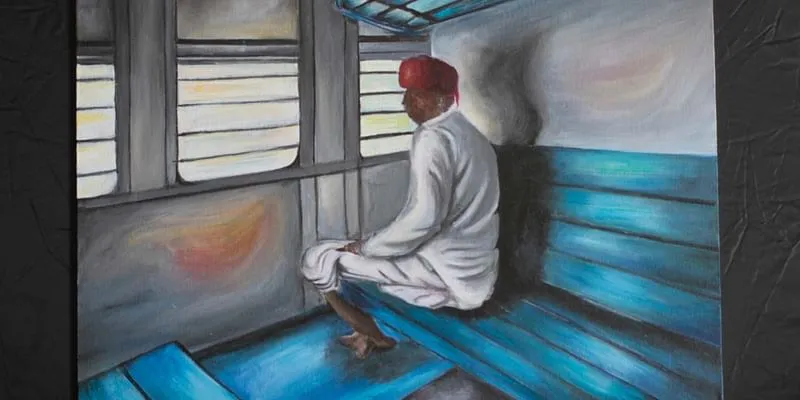
Uno Lona Academy
“One of the major challenges was to counter the stereotype that artists are people who walk around with their jholas and kurtas, and have long hair and beard. Getting people to think outside of the stereotype was a little difficult,” he says, adding that it is also important to help students find a balance between art and academics, and enable them to let their imagination and creativity flow.
All this needed a behavioural change. At ULA, the 10-member team – counting the visiting faculties – try to disseminate many such pre-conceived notions.
“Sometimes we invite parents to come and attend one of our sessions, or hold regular meetings and ask them about their apprehensions to clear them. Recently, we reached out to companies and put together a list of job opportunities that designers get in their disciplines, with the pay scale that these jobs offer. That makes them feel a little comfortable,” he explains.
Future of ULA
With the pandemic yet to subside, ULA is set to focus on online learning for now, and is also exploring art-integrated learning, enabling teachers of other subjects to use art to impart knowledge. The academy is also looking at tying up with schools so that students are exposed to art in their classrooms.
“There is a huge shortage of art and design educators, because of which many schools are not able to offer art and design education. In the future, we’re also looking at tying up with schools and teaching art and design to their students,” Harsimran explains.
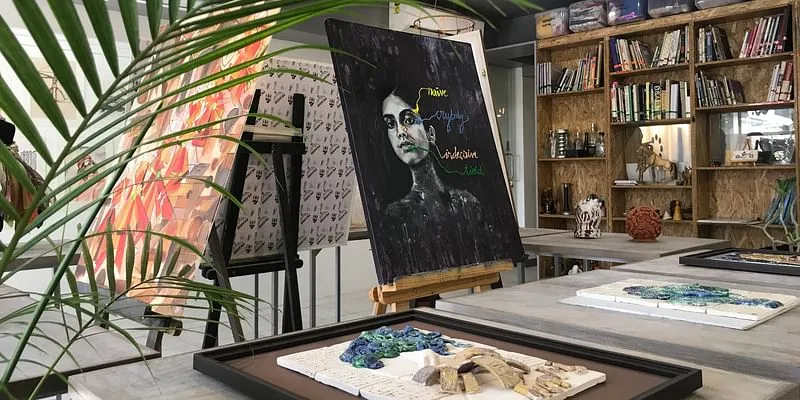
Uno Lona Academy
The institute aims to be a one-stop place for students to find all information about art and design. But more importantly, the goal is to help students get into their college of preference and enable their dreams to come true.
“It’s the most rewarding moment when parents thank you for helping their children find their path, or when a student comes and says that they’ve gotten into a dream college. It’s our biggest and most important achievement that we help students make their dreams come true,” Shalu signs off.
Edited by Teja Lele



